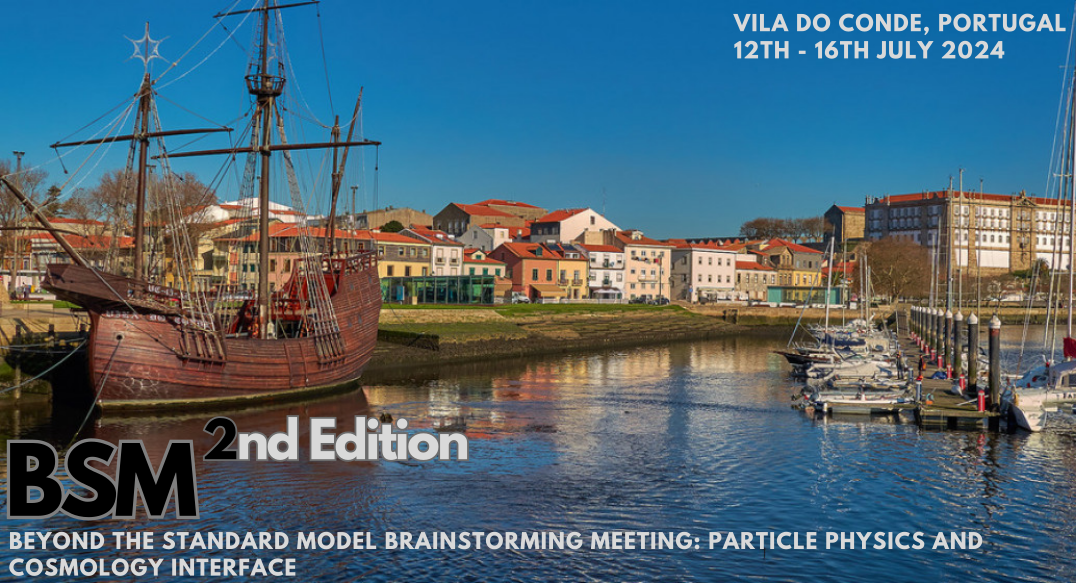Speaker
Description
Despite the shortcomings of the Standard Model (SM), all experimental observations so far have not indicated the existence of new physics (NP) at or near the TeV scale. The gravitational channel is another promising avenue to test NP and can potentially probe particles with masses far beyond those accessible at current collider experiments. With this in mind, we perform a phenomenological study of supercooled phase transitions within a conformal Majoron-like model in a generic U(1) charge assignment setting, where neutrino masses and mixings are generated through a type-I seesaw mechanism. Such transitions are extraordinary candidate scenarios to be tested at GW interferometers due to the significant amount of released latent heat and the long-lasting nature of the phase transition. This is expected to result in a SGWB with large energy density amplitude, well within the detection capabilities of existing and future experiments. Considering a broad range of masses from the TeV to the GUT-scale, we discuss the phenomenological implications for this class of models at current LIGO O5 run, as well as how current experimental measurements impact the parameter space.
